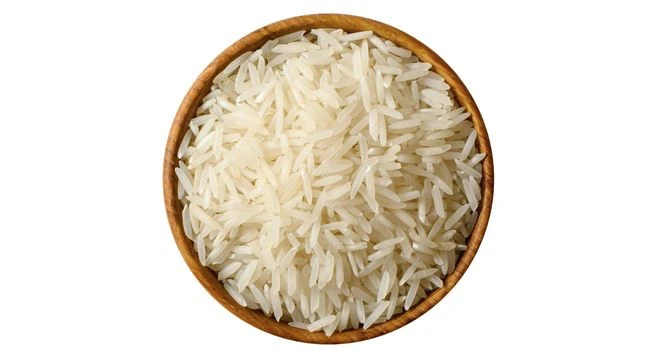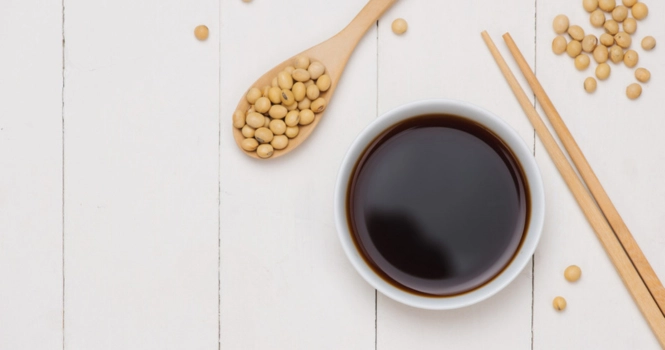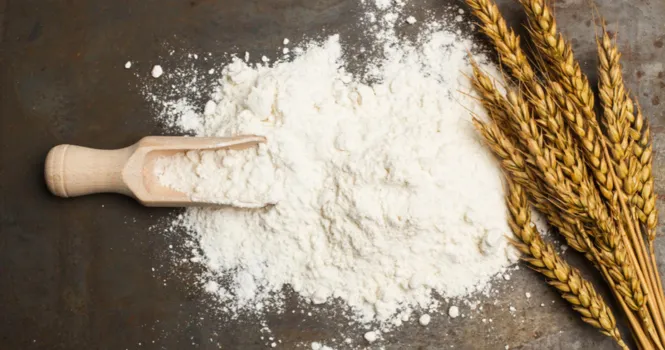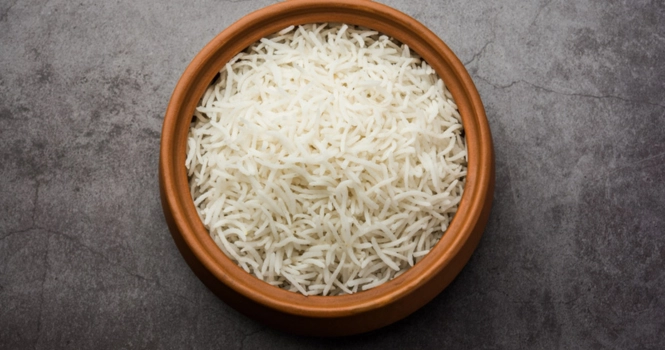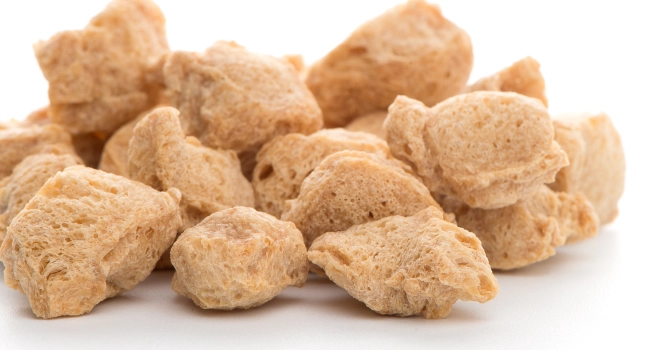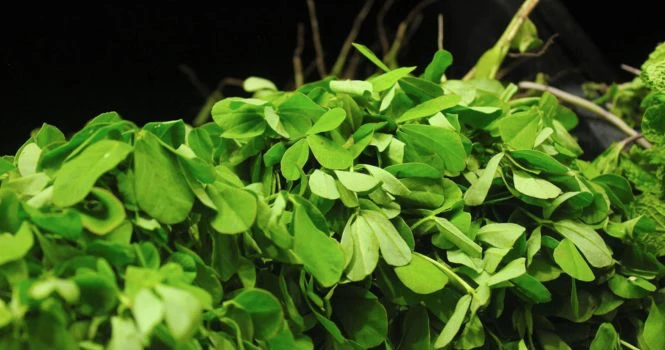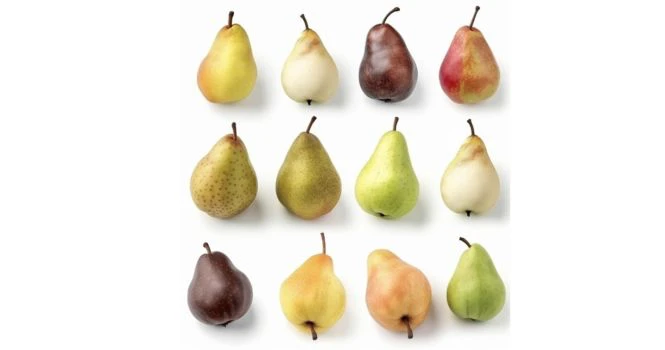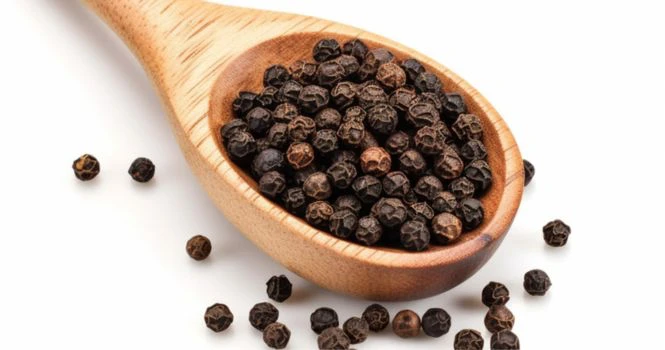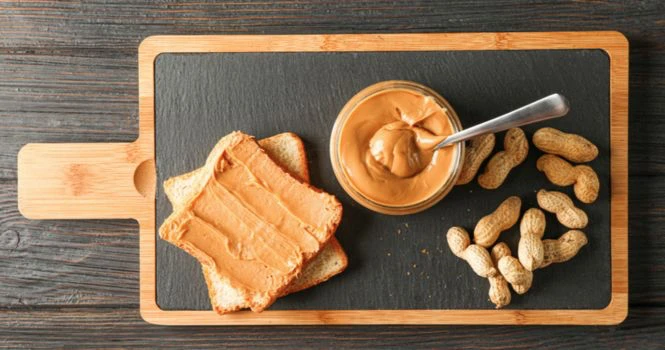Raw, Roasted, or Soaked? The Best Way to Eat Nuts and Seeds for Maximum Benefits

You’re standing in the snack aisle, debating between a bag of raw almonds, a tin of roasted cashews, and a pack of pre-soaked walnuts. One promises pure, untouched nutrition. Another boasts deep, roasted flavor. And the last? Some health guru on Instagram swears it’s the only way to eat nuts. So which one actually wins?
Spoiler alert: It depends. (Annoying answer, I know.) But let’s break it down because your nut habits might be due for an upgrade.
Raw Nuts: The Purest Form, but Not Always the Best
Raw nuts are like that friend who does yoga at Nutsdawn and drinks celery juice—clean, unprocessed, full of potential. But here’s the catch: They’re also packed with antinutrients like phytic acid, which can block your body from absorbing key minerals like iron and zinc.
Pros:
- Loaded with nutrients and healthy fats
- No added oils or salt (a.k.a. guilt-free snacking)
- Ideal for purists who believe food should be as nature intended
Cons:
- Can be tough on digestion (ever felt bloated after munching on raw almonds?)
- Some taste…well, a little bland (raw walnuts 🙂 )
- Antinutrients can reduce nutrient absorption
Bottom Line: If you’re going raw, go for variety. And maybe chase them down with vitamin C-rich foods (like fruit) to help with mineral absorption.
Roasted Nuts: The Flavor King, But at What Cost?
Ever noticed how roasted almonds smell amazing? That’s because roasting unlocks their natural oils, intensifying both taste and aroma. But does that come at the cost of nutrition? Kind of. High-heat roasting can degrade delicate fats and some vitamins (like vitamin E), and if they’re roasted in cheap oils, it’s game over.
Pros:
- Tastes way better (let’s be real, warm, crunchy cashews > raw ones)
- Easier to digest (heat breaks down antinutrients)
- No need to soak or plan ahead
Cons:
- Potential loss of nutrients due to heat
- Some brands use unhealthy oils (check those labels!)
- Can be sneaky calorie bombs if you don’t watch portions
Bottom Line: If you want crunch and nutrition, dry-roasted (no added oils) is the way to go. Just don’t go nuts (pun intended) and eat half a bag in one sitting.
Soaked Nuts: The Digestive Hack That’s Worth It (Mostly)
Soaking nuts feels like an unnecessary extra step—until you try it. Suddenly, almonds aren’t rock-hard, and walnuts taste fresher. The science? Soaking reduces phytic acid and makes the nuts easier to digest. Plus, they get this slightly creamy texture that’s surprisingly satisfying.
Pros:
- Improves digestibility (your gut will thank you)
- Softens the texture, making them easier to chew
- Helps unlock some minerals blocked by phytic acid
Cons:
- Takes time (unless you enjoy babysitting your almonds overnight)
- Can get moldy if stored too long after soaking (been there, regretted that)
- Slightly less satisfying crunch
Bottom Line: If your stomach tends to complain after eating nuts, soaking is a game-changer. Just don’t forget about them in the fridge unless you’re into mushy, questionable snacks.
So, What’s the Best Way to Eat Them?
It all comes down to what you value most:
- Maximum nutrition? Soak them.
- Best flavor? Roast them.
- Zero effort? Raw works fine.
Honestly, mix it up. Some days, you’ll want a handful of crispy, roasted cashews. Other times, you’ll appreciate the softness of soaked almonds. The key? Eat them in moderation (because they will sneak up on you calorie-wise), and choose high-quality, minimally processed options.
One final tip? Avoid pre-salted or flavored nuts if you can. Some of them have enough sodium to make a pretzel jealous.
Now, tell me—are you team raw, roasted, or soaked?
Share it to someone who might need to know about it.
![]()
